Affiliate links on Android Authority may earn us a commission. Learn more.
HUAWEI P9 hands-on: this device feels like a camera with a phone attached
Published onApril 6, 2016
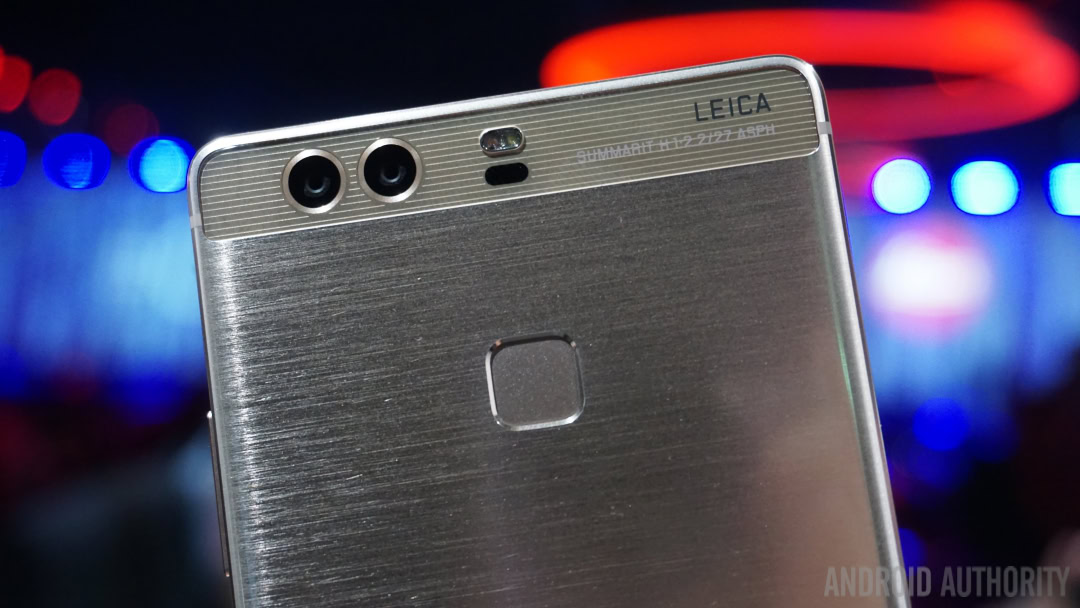
Huawei is betting big on photography with the HUAWEI P9, but not in the typical run-of-the-mill fashion we’ve come to expect with flagship successors. Announcing a partnership with legendary German camera-maker Leica, HUAWEI promises to revolutionize smartphone photography with the P9. HUAWEI has jam-packed its new device with so many camera features it feels more like a camera with a phone attached than a phone with a camera.
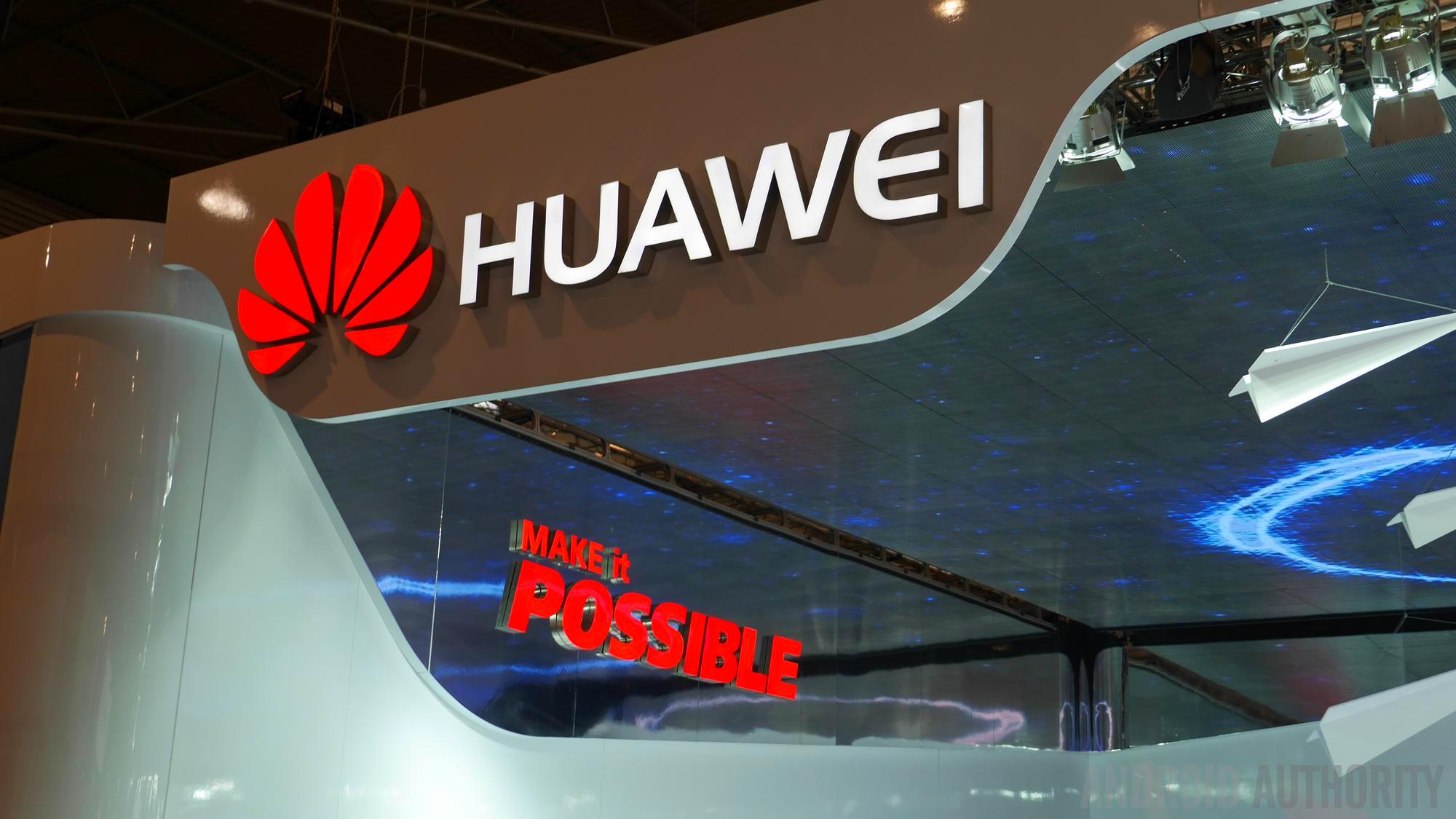
The HUAWEI P9 is all about the dual-camera array on the back, co-engineered with Leica in an intriguing new collaboration. So much so that all other features of the phone were secondary during the press conference announcing the P9 and P9 Plus today in London. We’ll get on to the regular specs in a moment, but lets follow suit and focus first and foremost on that camera.
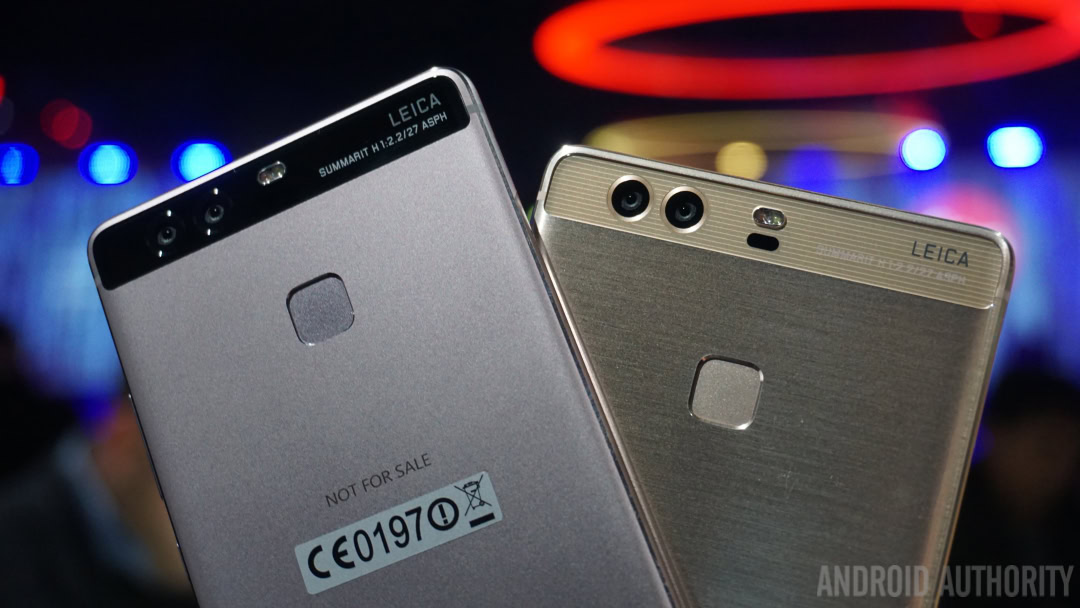
The P9 has dual 12 MP Leica Summarit lenses on the back, one with an RGB sensor specifically for color reproduction and the other purely for capturing black and white detail. The lenses are specially designed by Leica with an f/2.2 aperture and 27 mm focal length. Both sensors are 1.25-micron Sony IMX286 sensors (24% larger than the P8). So you’re all set for wide-angle and monochrome photography too.
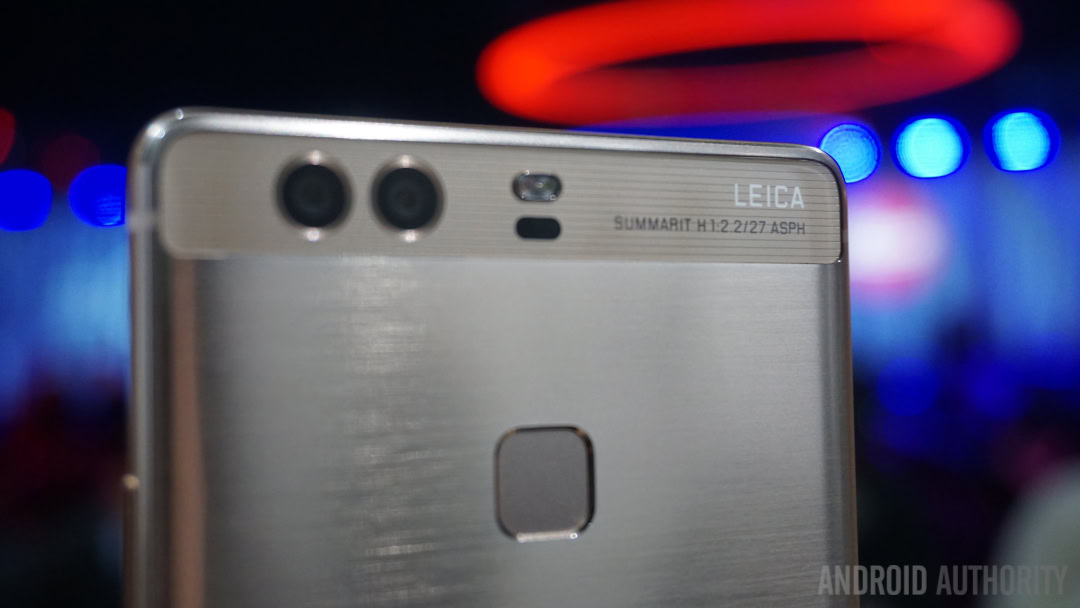
What all this means is that the HUAWEI P9 promises to deliver exceptional light sensitivity: with the monochrome sensor promising a 200% increase over regular sensors and a 50% bump in contrast. Because this is HUAWEI, the P9 had to be compared endlessly to the Galaxy S7 and iPhone 6s, so to stay true to form, the P9 reportedly lets 90% more light in than the S7 and 270% more than the iPhone 6s.
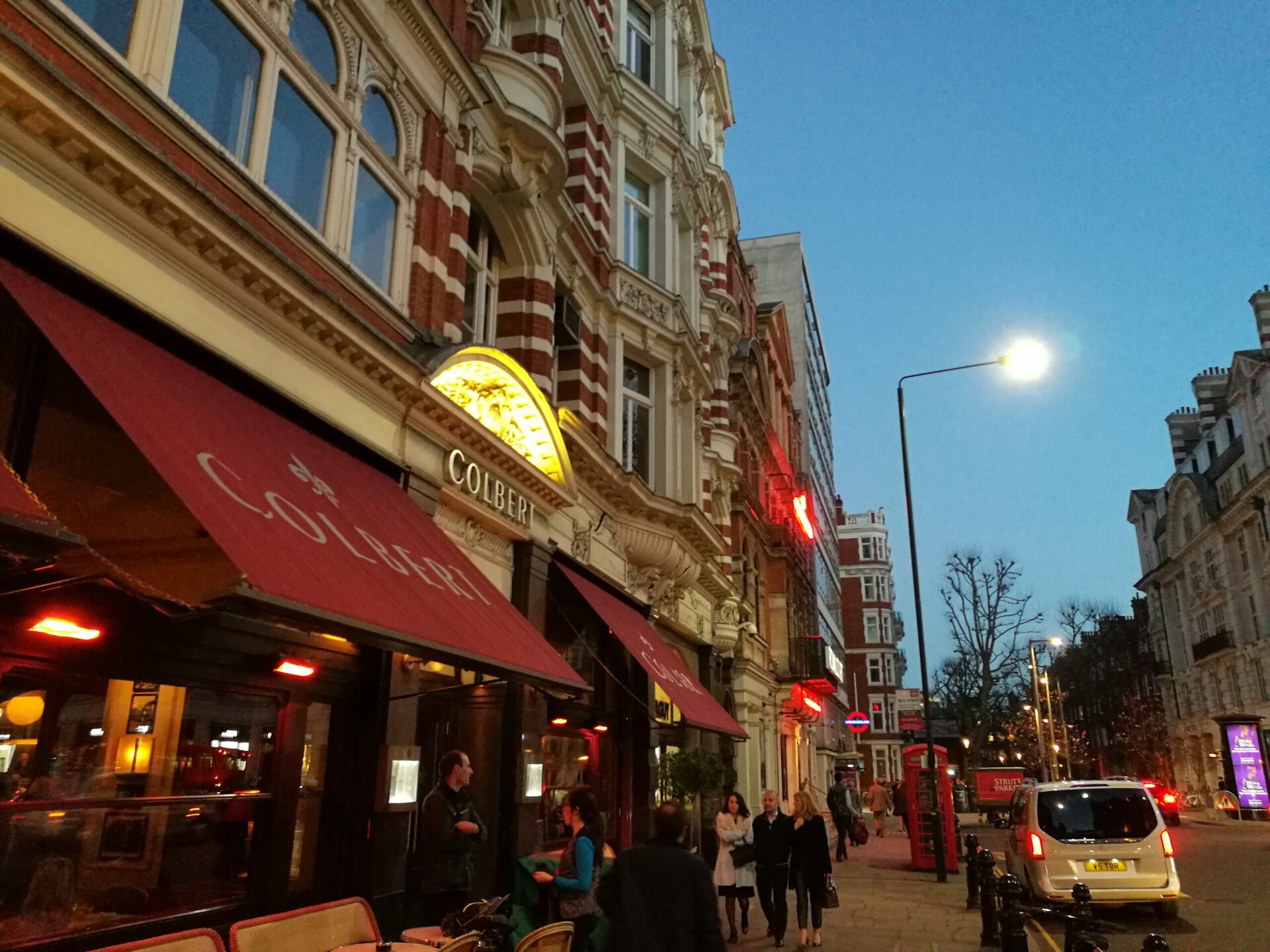
There are three different focus modes on board too: laser focus, depth focus and contrast focus as well as a dedicated depth measurement chip. This means that both lenses can focus individually (along with the laser focus) and the P9’s improved ISP will automatically choose the best result. In practice it seems to work OK, but it’s far from lightning fast.
There are more camera modes on the HUAWEI P9 than you can shake a stick at, including a full manual mode, Bokeh effects for extreme shallow depth-of-field, selective focus, RAW and much more, but unfortunately neither lens has optical image stabilization. We’ll reserve our judgements on just how revolutionary the P9 camera is for the full review, but there’s definitely a lot to play with.
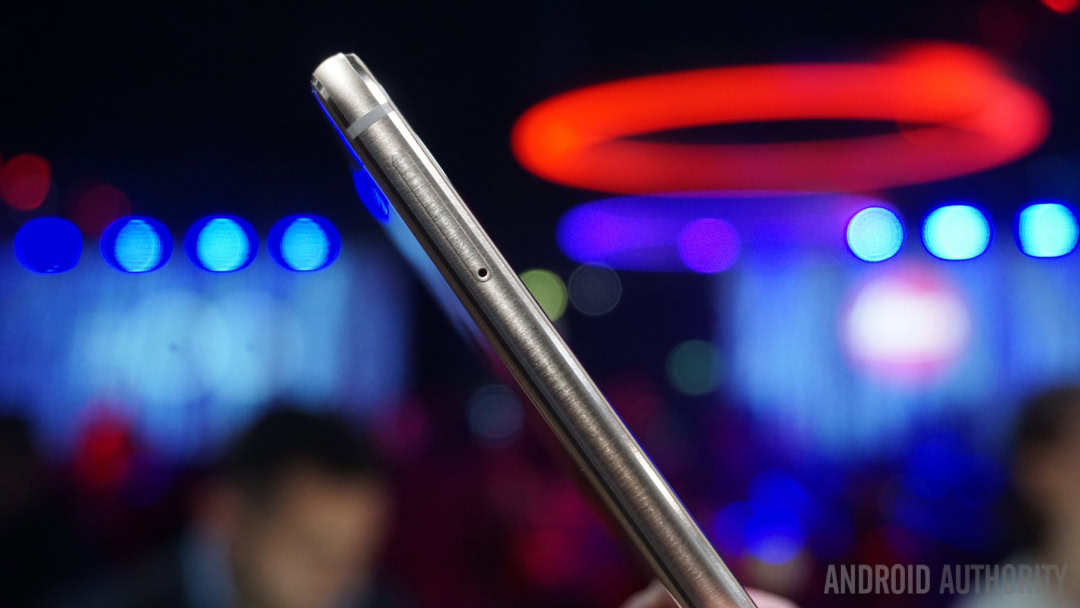
On the design side, there’s not too much new about the P9. It’s a full metal unibody with the same chamfered edges and overall look, although there’s a few relocations and redesigns. The power button is now textured, there’s only one bottom-mounted speaker grill and the headphone port has migrated south as well, sitting on the other side of the USB Type-C charging port for the 3,000 mAh battery.
The HUAWEI P9 has a slightly smoother brushed metal than that found on the HUAWEI P8 or Nexus 6P and ever-so-slightly more rounded edges than its predecessor. Where the HUAWEI logo sat on the P8 you’ll now find a Class 4 finger scanner capable of identifying fingerprint ridges in 3D. One of the most surprising features of the P9 is, as always with the P series, it’s thickness. At just 6.95 mm it’s incredibly thin while still managing to avoid any camera bump at all.
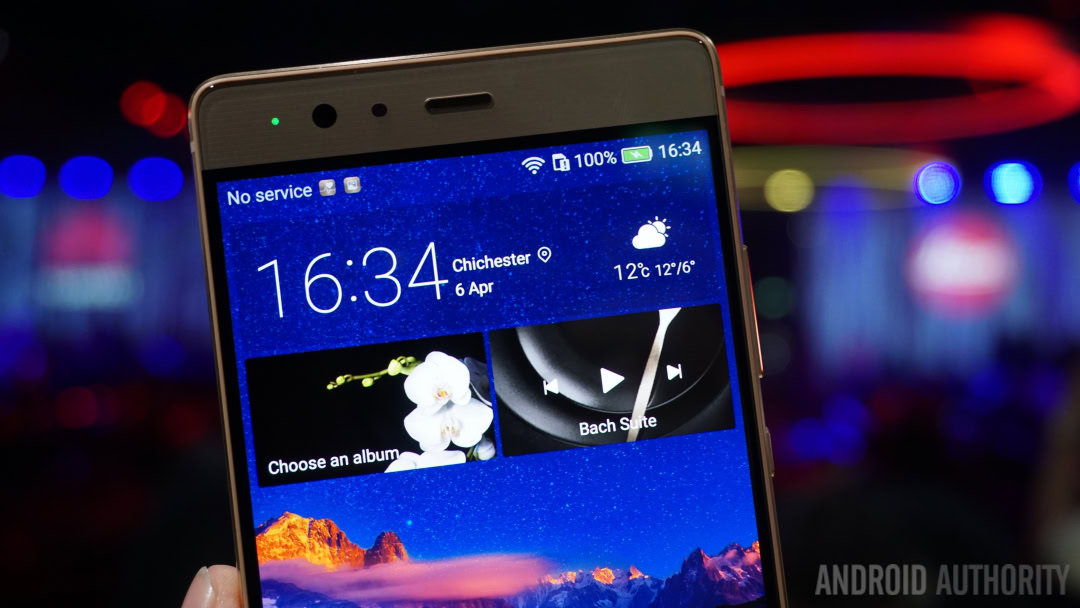
Up front there’s an improved 5.2-inch IPS display, but still at Full HD resolution like the P8. The side bezel has been reduced to just 1.7 mm and the P9 now has 2.5D glass. HUAWEI tells us the display is capable of 500 nits of brightness and 96% color saturation. HUAWEI’s own 64-bit octa-core Kirin 955 SoC is powering the whole shebang, with four cores clocked at 2.5 GHz and another four at 1.8 GHz.
The HUAWEI P9 runs Android 6.0 Marshmallow out of the box, complete with HUAWEI’s Emotion UI 4.1. There are precious little changes to report on the software front so if you’re at all familiar with EMUI you’re in for more of the same. While the app drawerless interface won’t appeal to all, it’s a simple matter to throw a custom launcher on there.
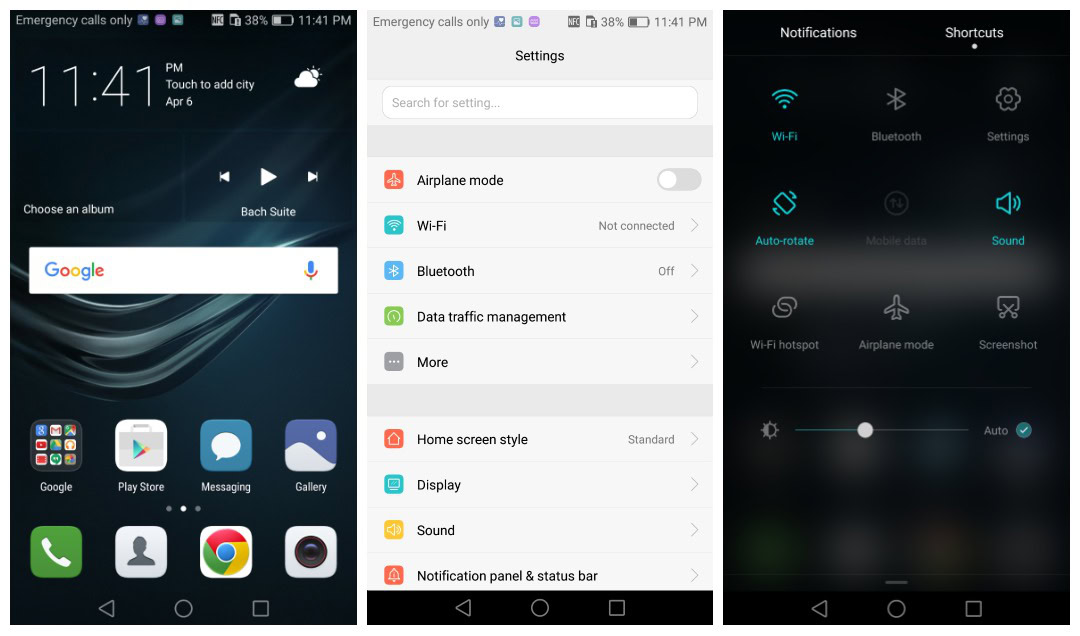
There are a few variations on the specs front, depending on the particular model and region. For the HUAWEI P9, there’s a 32 GB version with 3 GB of RAM and a 64 GB version with 4 GB of RAM. Europe will apparently only get the 32 GB/3 GB version but it will include a microSD card slot, where Asian markets will get the option for dual-SIM. The P9 has a virtual triple-antenna architecture meaning connectivity should never be a problem.
There’s also a bigger, better P9 too: the HUAWEI P9 Plus. At 5.5 inches, the P9 Plus is marginally larger but still only offers a Full HD display, although it switches to AMOLED. The P9 Plus has 64 GB of internal storage and 4 GB of RAM with a 128 GB version for China. The P9 Plus also gets Force Touch (I mean, “Press Touch”), a larger 3,400 mAh battery with dual-IC Rapid Charge, an IR blaster and a few other upgrades.
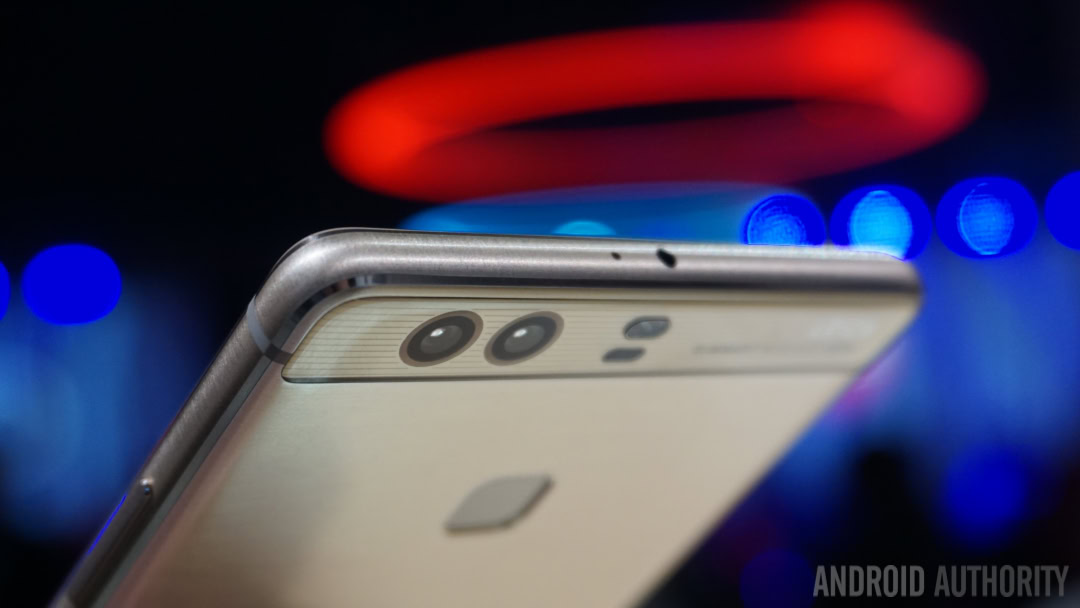
The HUAWEI P9 will be available in launch markets on April 16 for 599 for the 32 GB base model, 649 for the 64 GB version and 749 for the P9 Plus with 64 GB of storage. The P9 models come in six colors: white, grey, silver and three variations of gold: rose, haze and “prestige”. The P9 is reportedly making its way to the U.S. market but we don’t have details on that just yet. The P9 Plus will be available mid-May.
[related_videos title=”RECENT REVIEWS:” align=”center” type=”custom” videos=”682235,680816,680369,679646″]
The HUAWEI P9 ticks a lot of boxes but somehow seems, even with the Leica camera, to lack a certain “wow” factor. Sure, it’s thin, has a decent sized battery, looks good and improves in multiple ways over its predecessor, but it feels like something is missing. Perhaps the camera is legitimately so good it will revolutionize smartphone photography, but I can’t shake the feeling that the revolution is meant to feel a little more exciting than this.
What are your thoughts on the HUAWEI P9 and P9 Plus?